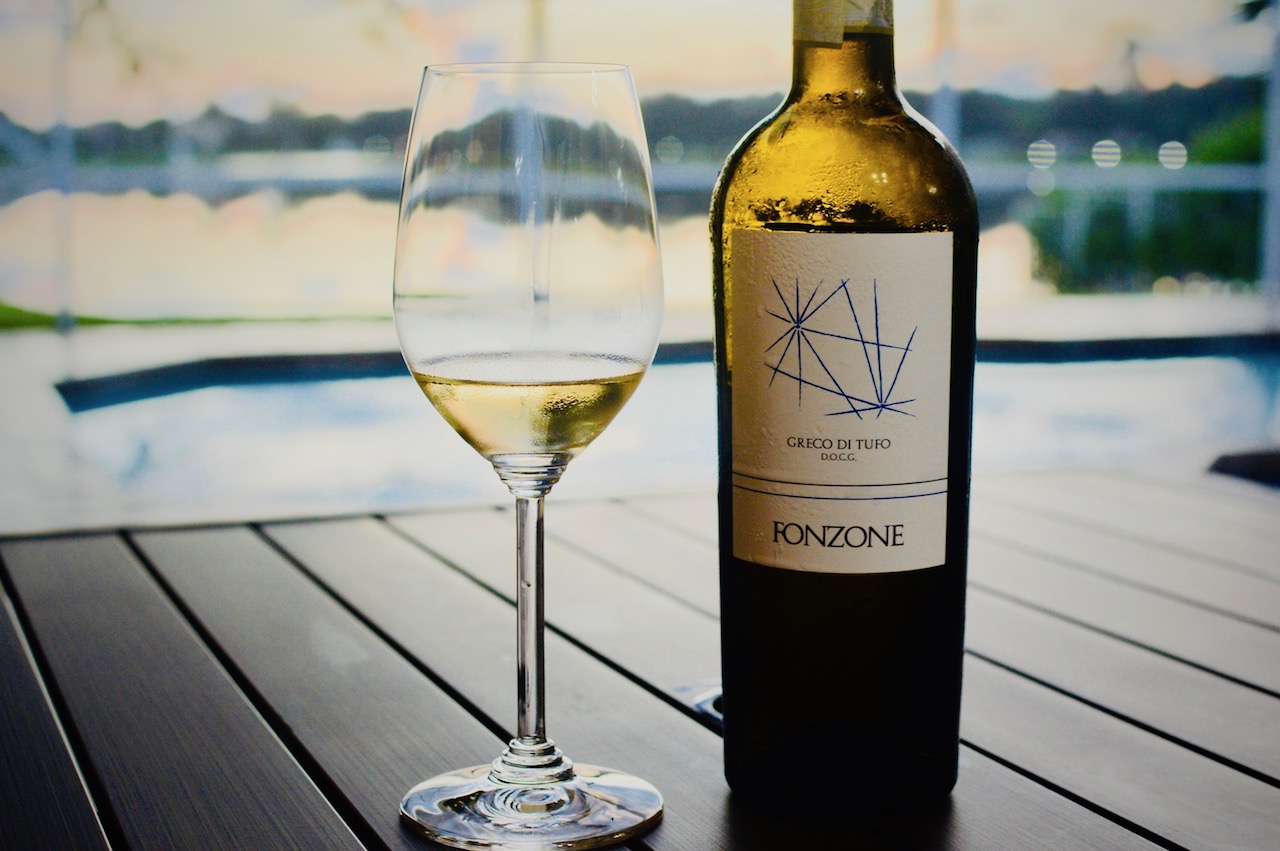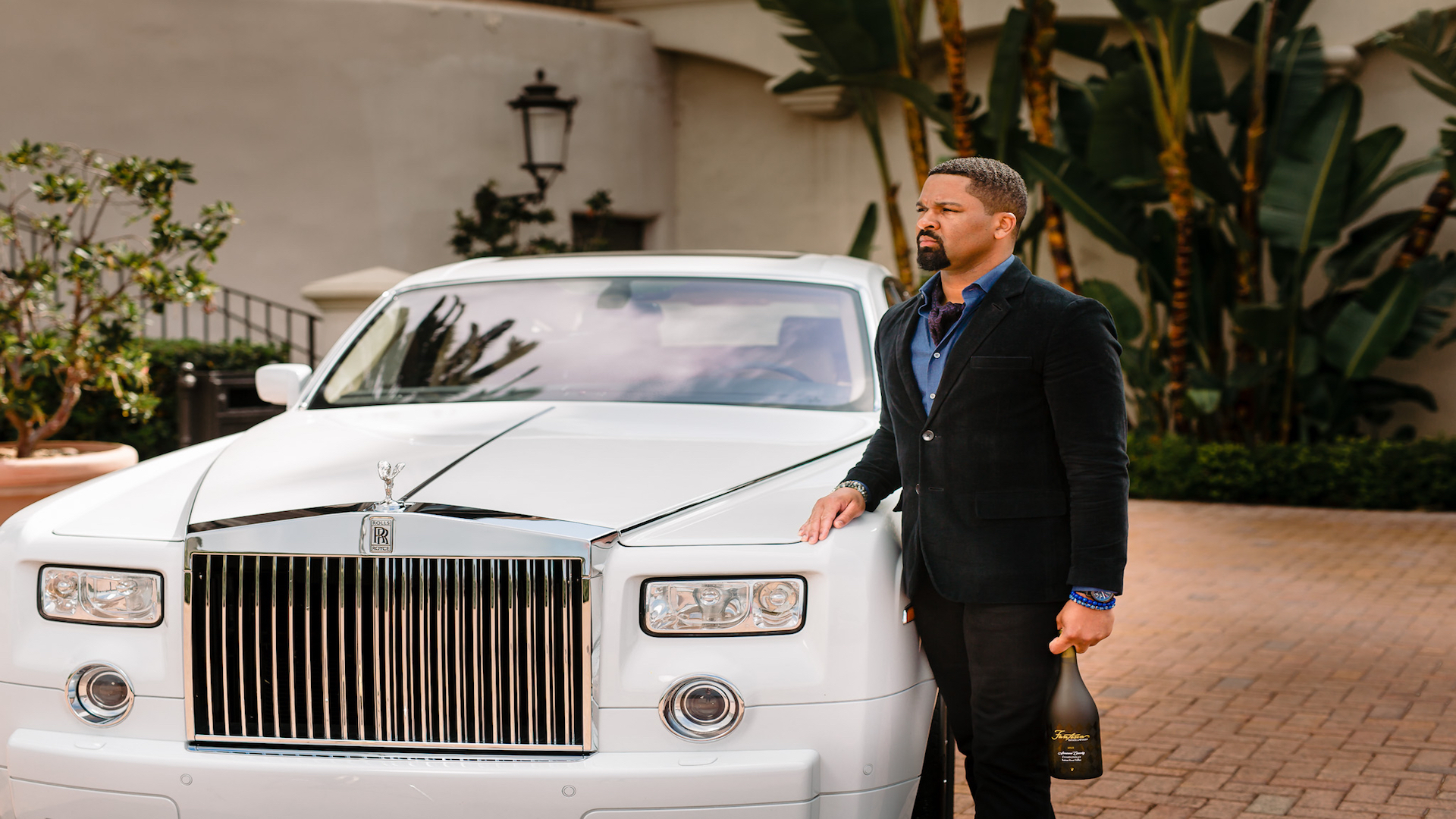Just when I thought I knew something about grapes, I realized that I was wrong. I’ll be forever a wine newbie, but I’m happy about that. Today, I’ll tell you why. I’m…


Just when I thought I knew something about grapes, I realized that I was wrong. I’ll be forever a wine newbie, but I’m happy about that. Today, I’ll tell you why. I’m…

There’s no connection really between the rom-com and wine. Just word nerd, wine newbie (hopeless romantic) me playing. I suppose we could make up some far-fetched, metaphorical association like, look beyond the…
Many thanks to our Clients & Followers! It’s been a great year and we look forward to building upon our success in 2019. Ask about our new service package: Social Media Advertising to…

Wine by the Bay hosts an exclusive evening with DLynn Proctor, Director of Fantesca Estate & Winery (St. Helena, Napa Valley) and one of the four featured subjects in newly released SOMM…